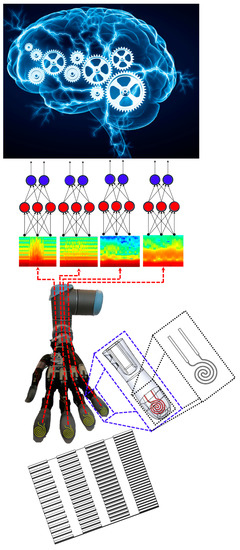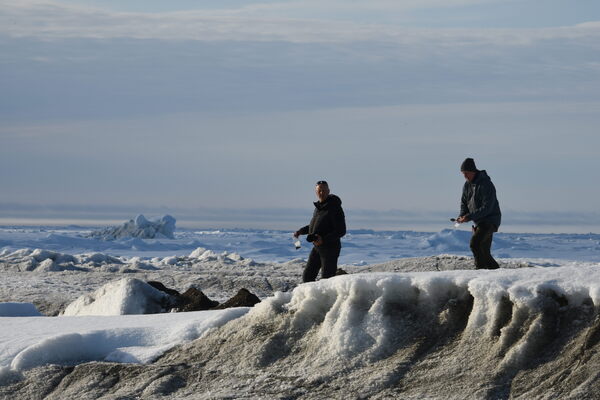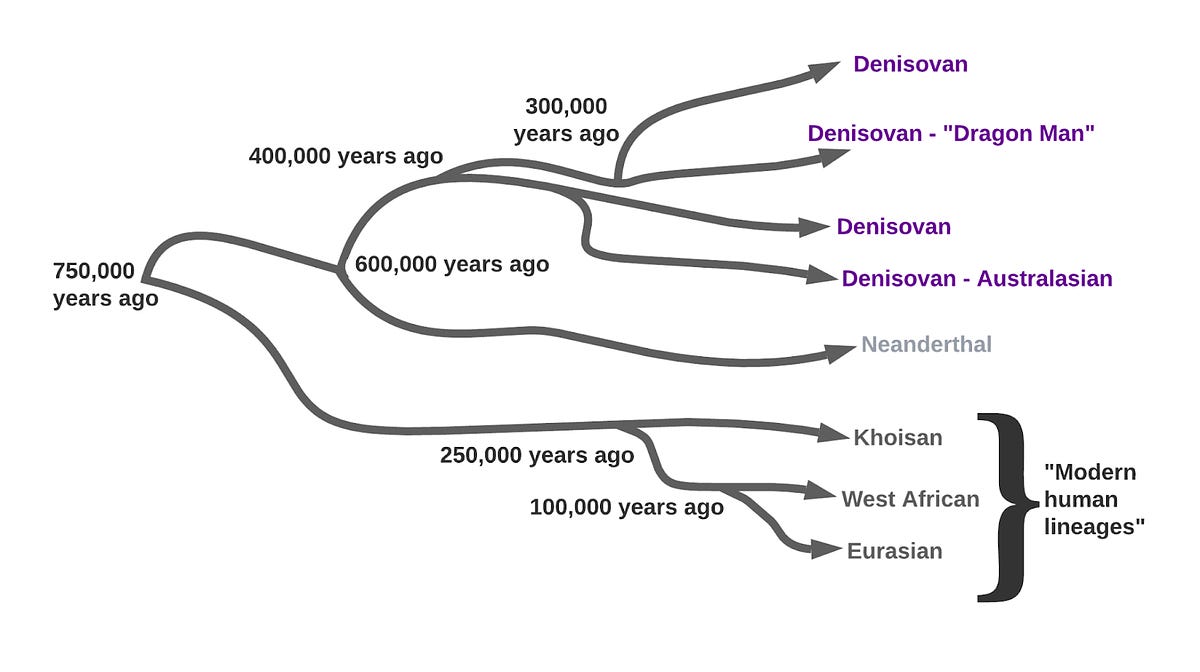
Understanding Hierarchical Navigable Small Worlds (HNSW)
Hierarchical Navigable Small Worlds (HNSW) is an advanced algorithm for high-dimensional similarity search, but does this enhance search results and power generative AI?
Introduced in a 2016 paper, Hierarchical Navigable Small World (HNSW) is more than just an acronym in the world of vector searching; it's the algorithm that underpins many vector databases. Available under the Apache Lucene project and other implementations, what makes HNSW stand out from other vector indexing techniques is its approach to tackling a common challenge in data science and artificial intelligence: efficiently finding the nearest neighbors in large multi-dimensional datasets.
In a nutshell, HNSW creates a multi-layered graph structure where each layer is a simplified, navigable small world network. A mental analog you may consider is that of a digital map of a road network. Zoomed out, you see how cities and towns are connected by major roads. Zoom in to the city level, and you can see how people within that city connect to each other. At the finest level of zoom, you can see how neighborhoods and communities are interconnected.
Similarly, HNSW constructs layers of connections with varying degrees of reachability. This structure allows for remarkably quick and accurate searches, even in vast, high-dimensional data spaces. This post will explore some of the inner workings of HNSW, along with some of its strengths and weaknesses.



















